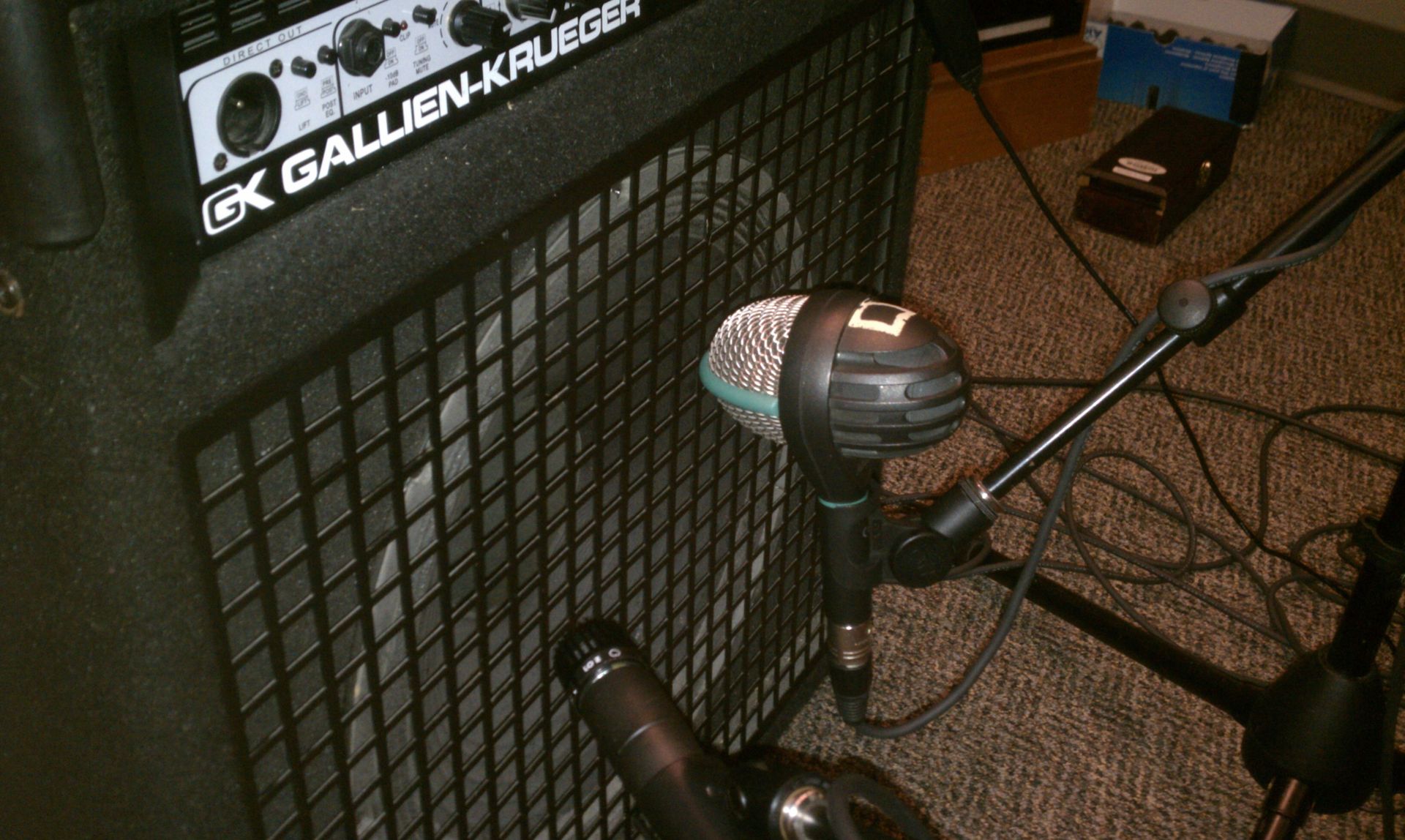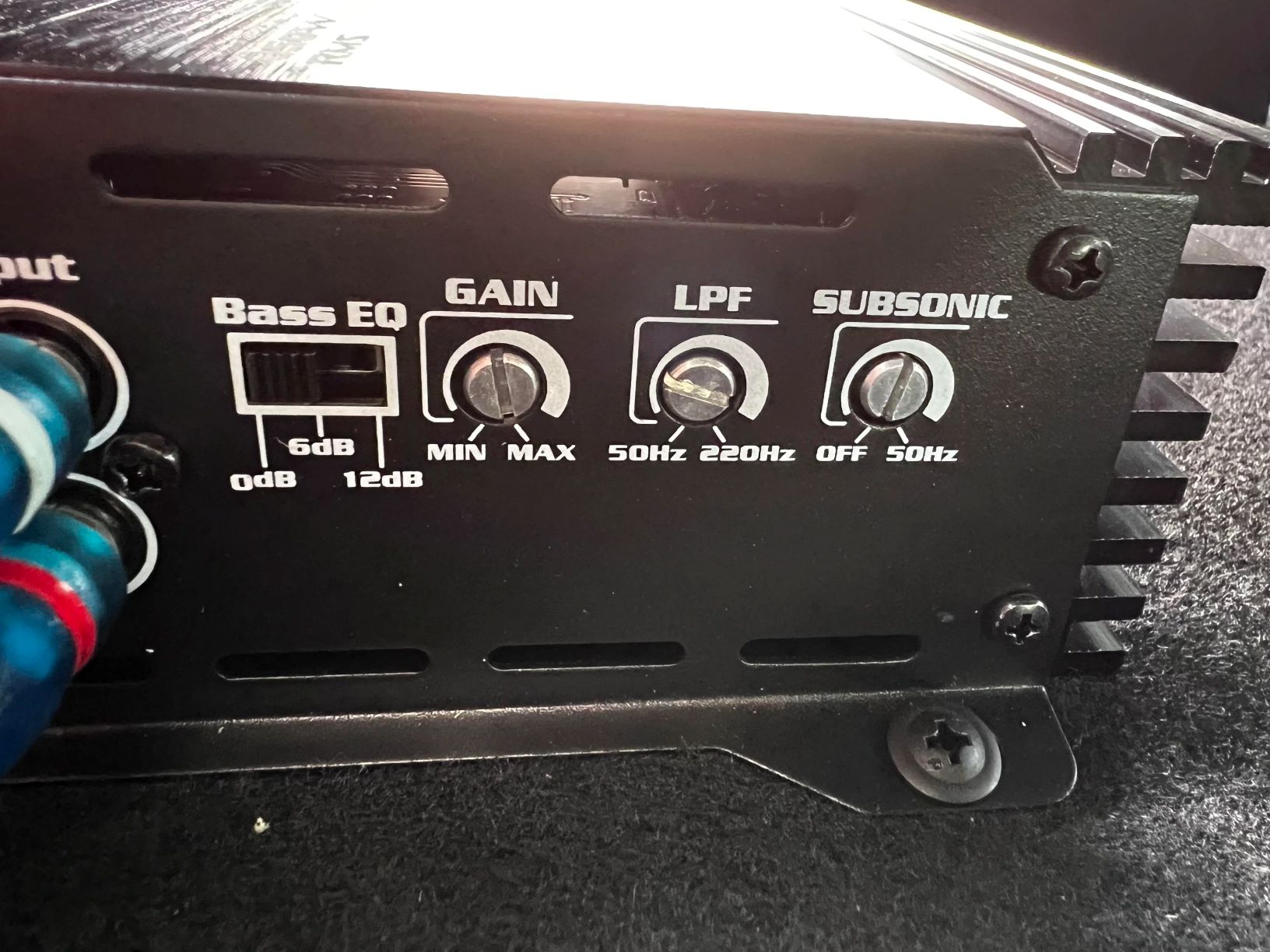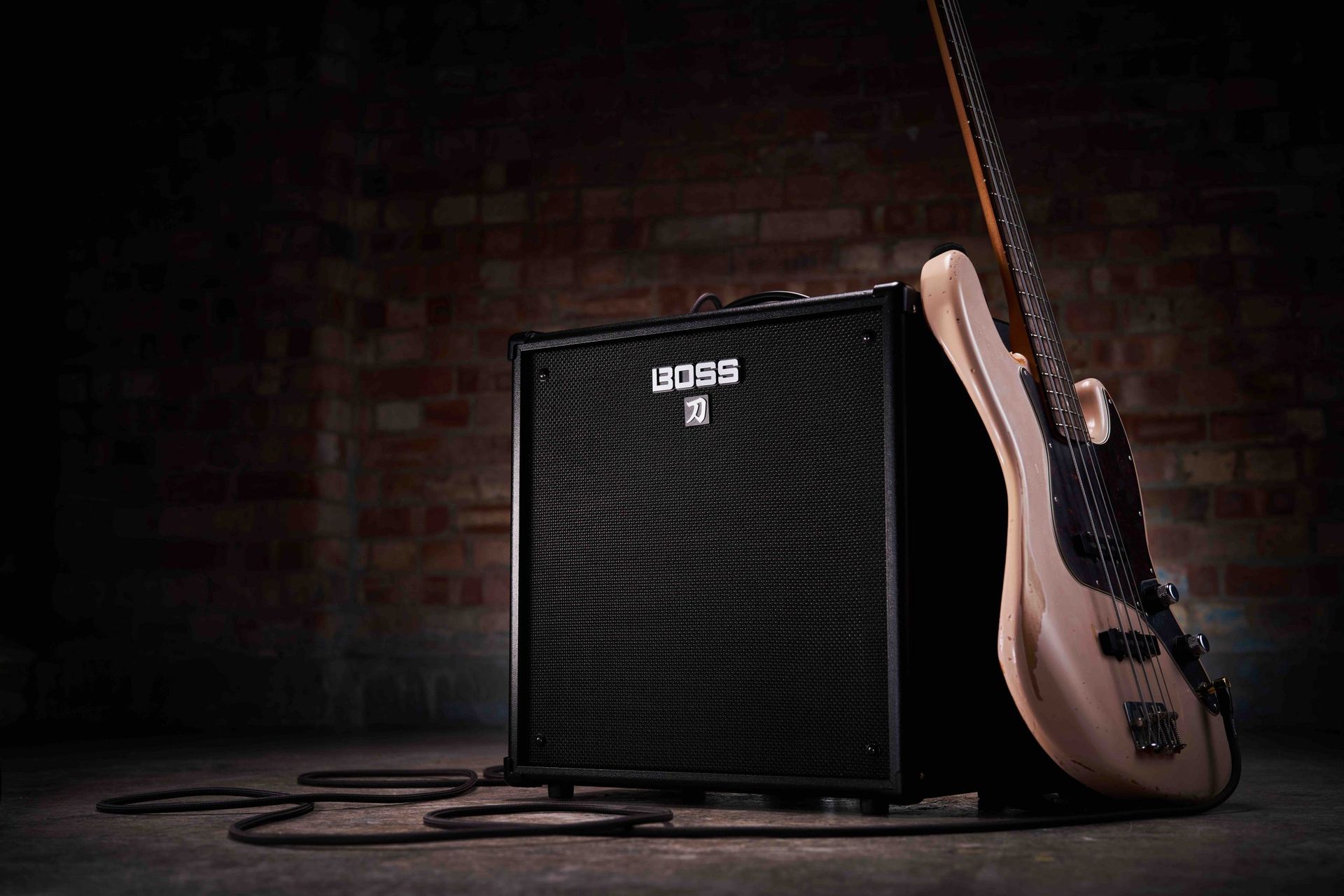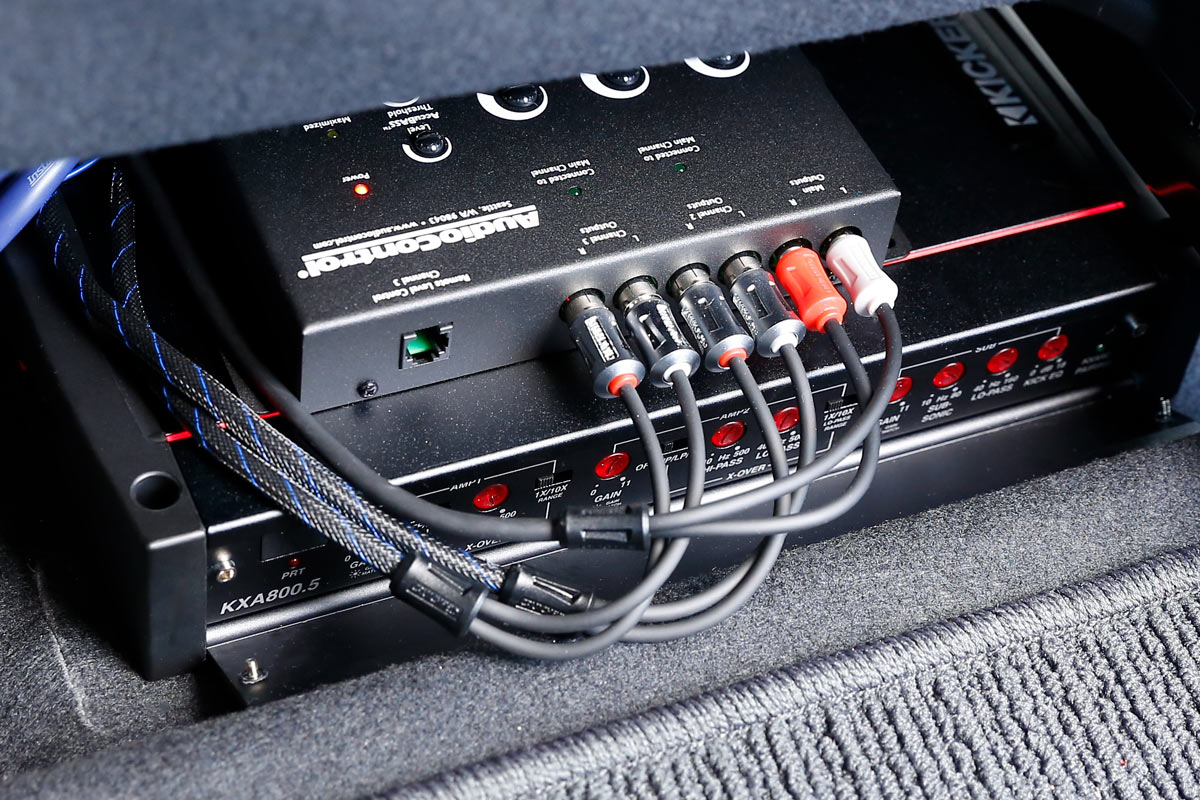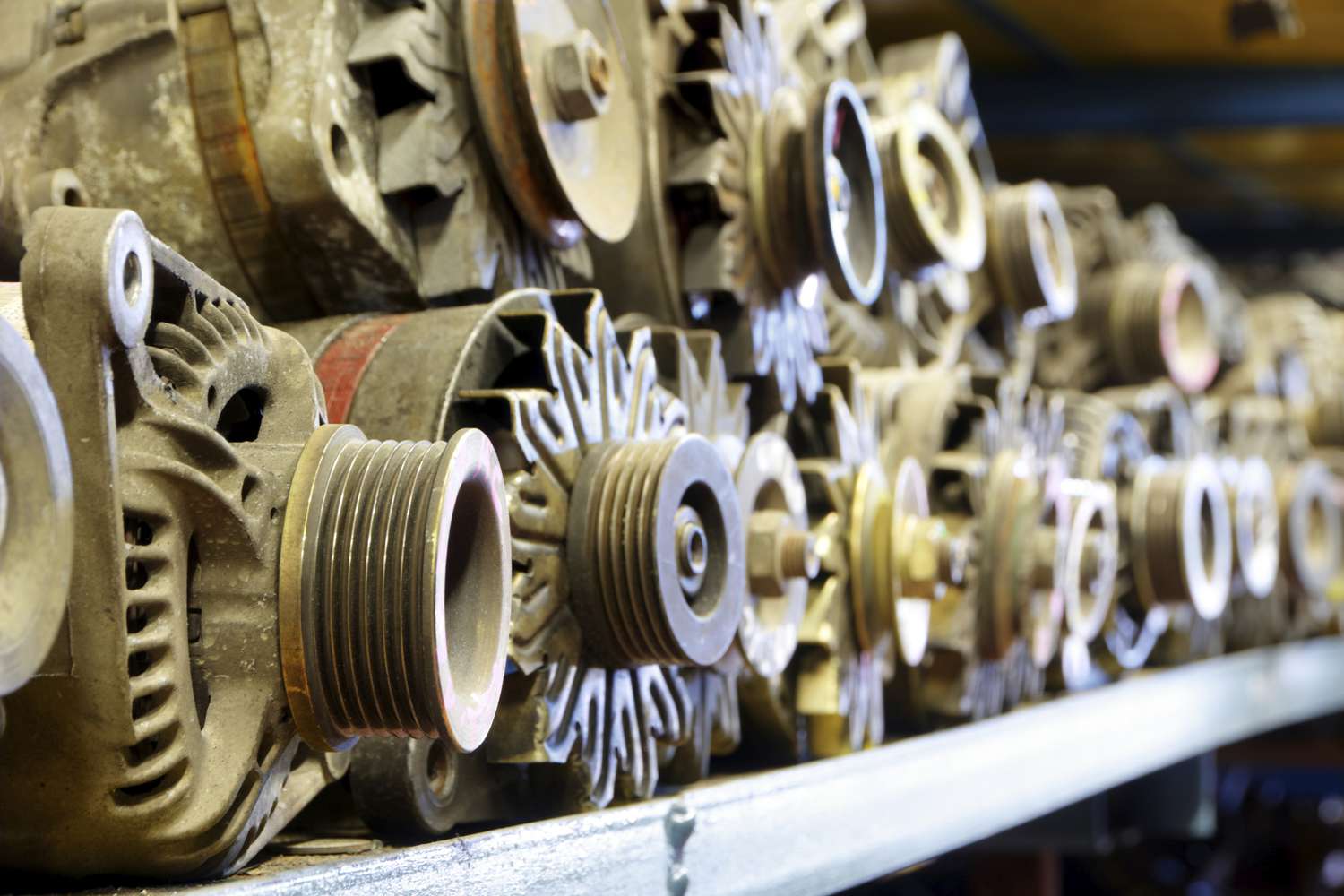Home>Instruments>Guitar>What Is A Guitar Amp
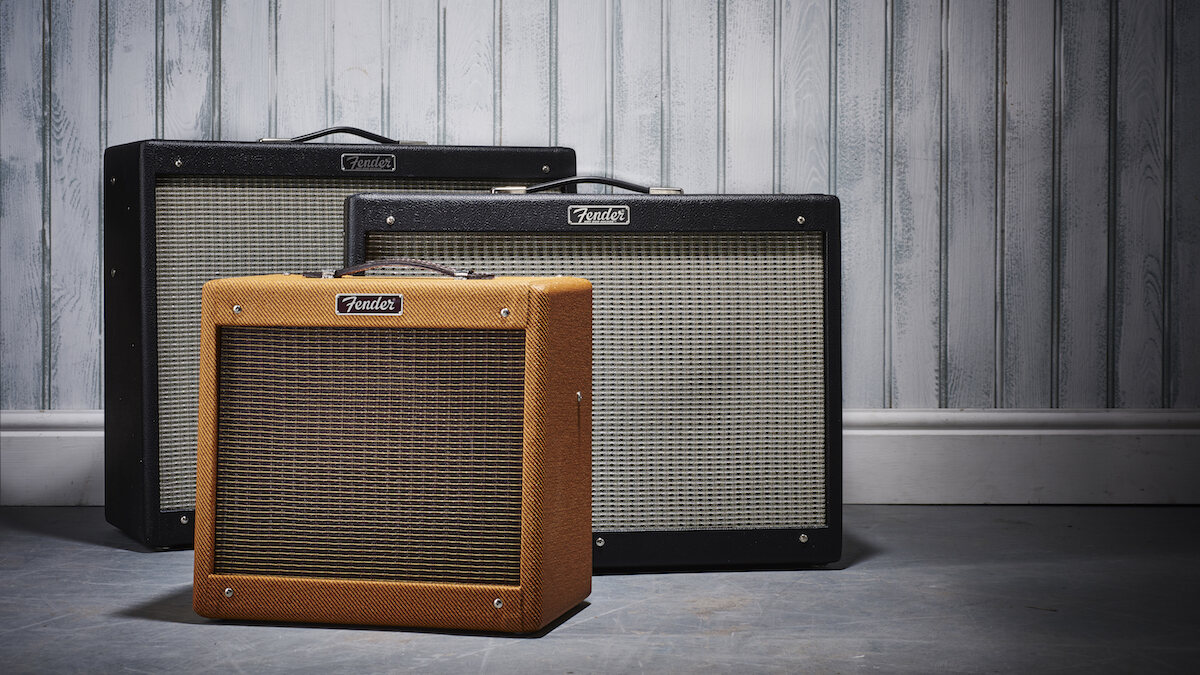

Guitar
What Is A Guitar Amp
Published: February 15, 2024
Discover the essential role of a guitar amp in shaping your sound. Learn about different types, features, and how to choose the right one for your guitar.
(Many of the links in this article redirect to a specific reviewed product. Your purchase of these products through affiliate links helps to generate commission for AudioLover.com, at no extra cost. Learn more)
Table of Contents
Introduction
When it comes to playing the guitar, the amplifier, often referred to as the “amp,” is an essential piece of equipment that can significantly influence the instrument’s sound. Whether you’re a seasoned guitarist or just starting your musical journey, understanding the role of a guitar amp is crucial to achieving the desired tone and volume.
While the guitar itself produces sound acoustically, the amp serves to amplify and manipulate that sound, allowing for a wide range of tones and effects. In this article, we’ll explore the purpose of a guitar amp, the different types available, the components that make up these devices, how they function, and essential considerations for selecting the right amp for your needs.
Whether you’re drawn to the raw power of a roaring electric guitar or the gentle strumming of an acoustic, the amplifier plays a pivotal role in shaping the sonic landscape of your music. Let’s dive into the world of guitar amps and uncover the magic behind these iconic pieces of musical technology.
The Purpose of a Guitar Amp
At its core, the primary function of a guitar amp is to amplify the sound produced by the guitar’s pickups. This amplification process allows the subtle vibrations of the guitar strings to be converted into powerful audio signals that can fill a room or electrify a stadium. However, the role of a guitar amp extends far beyond simple volume enhancement.
One of the key purposes of a guitar amp is to shape the tonal characteristics of the instrument’s sound. By utilizing various tone controls, equalization settings, and built-in effects, guitar amps can sculpt the raw output from the guitar, resulting in a wide spectrum of tones ranging from warm and mellow to aggressive and distorted.
Besides amplifying and shaping the sound, guitar amps also serve as a platform for integrating a myriad of effects such as reverb, delay, chorus, and overdrive. These effects can dramatically alter the sonic texture of the guitar, adding depth, ambiance, and character to the music being played.
Furthermore, guitar amps play a crucial role in establishing the overall “feel” of the music. The way in which an amp responds to the player’s touch, the dynamics of the sound, and the interaction between the instrument and the amplifier all contribute to the tactile experience of playing the guitar. This tactile feedback is a vital component in the expression and articulation of the music.
Ultimately, the purpose of a guitar amp is not only to amplify the sound of the guitar but also to serve as a versatile tool for sonic exploration and self-expression. It is a canvas upon which guitarists can paint their musical landscapes, from gentle acoustic melodies to blistering electric solos, and everything in between.
Types of Guitar Amps
When it comes to guitar amps, there is a diverse array of options available, each designed to cater to different playing styles, settings, and sonic preferences. Understanding the various types of guitar amps is essential for selecting the right one to suit your musical needs. Here are some common categories of guitar amps:
- Tube Amps: Also known as valve amps, these amplifiers utilize vacuum tubes to amplify the guitar’s signal. Tube amps are revered for their warm, rich tones and dynamic responsiveness. They are favored by many professional musicians for their classic sound and natural overdrive characteristics.
- Solid-State Amps: Solid-state amplifiers employ semiconductor circuitry for amplification. They are known for their reliability, lightweight construction, and often feature built-in effects. Solid-state amps offer consistent performance and are well-suited for various genres and playing environments.
- Modeling Amps: These versatile amps utilize digital technology to emulate the sounds of numerous amplifiers, cabinets, and effects. They offer a wide range of tonal possibilities and are popular among players seeking flexibility and convenience in a single package.
- Hybrid Amps: Combining the best of both tube and solid-state technologies, hybrid amps integrate tube-driven preamps with solid-state power sections. This configuration aims to capture the warmth of tube amps while providing the reliability and efficiency of solid-state designs.
- Acoustic Amps: Specifically tailored for acoustic-electric guitars and other acoustic instruments, these amps are optimized to reproduce the natural, nuanced tones of acoustic sound sources. They often feature specialized inputs and EQ controls to enhance the acoustic experience.
- Bass Amps: While designed for bass guitars, these amps are worth mentioning due to their distinct sonic characteristics and specialized features. They are engineered to handle the low frequencies produced by bass instruments, delivering powerful, deep tones with clarity and precision.
Each type of guitar amp offers unique sonic qualities, features, and applications. The choice of amp ultimately depends on individual preferences, playing style, and the desired sonic palette. Whether you’re seeking vintage warmth, modern versatility, or acoustic purity, there’s an amp out there to complement your musical journey.
Components of a Guitar Amp
Understanding the inner workings of a guitar amp involves familiarizing oneself with its fundamental components, each playing a crucial role in shaping the amplified sound. While the specific configuration may vary between different amp models, the following are the essential components found in most guitar amplifiers:
- Preamp: The preamp stage is responsible for initial signal amplification and tonal shaping. It often includes gain controls for adjusting the input level and tone controls for shaping the sound’s frequency response.
- Power Amp: Following the preamp, the power amp stage further amplifies the signal to a level that can drive the speakers. It contributes to the overall tonal characteristics and dynamic response of the amp.
- Tone Controls: These controls, such as bass, midrange, and treble knobs, allow the player to adjust the frequency balance of the amplified signal, shaping the tonal characteristics to suit their preferences.
- Effects Loop: Many amps feature an effects loop, which allows external effects pedals or processors to be inserted between the preamp and power amp stages, enabling greater flexibility in incorporating effects into the signal chain.
- Speaker(s): The speakers are integral to the amp’s sound projection. They transform the electrical signal into audible sound waves and significantly influence the overall tonal character and projection of the amplifier.
- Cabinet: The cabinet houses the speakers and contributes to the amp’s sound dispersion. The type of cabinet and its construction material can impact the amp’s overall tonal characteristics and resonance.
- Input/Output Jacks: These jacks facilitate the connection of the guitar, external audio sources, and additional accessories such as footswitches and extension cabinets, expanding the amp’s functionality.
- Chassis and Controls: The chassis contains the electronic circuitry and controls of the amp, including knobs, switches, and indicator lights, providing the user interface for adjusting the amp’s settings and features.
These components work in harmony to shape the amplified sound, offering a platform for sonic exploration and customization. Understanding the role of each component can empower guitarists to optimize their amp’s performance and tailor their tone to suit their musical vision.
How a Guitar Amp Works
Understanding the inner workings of a guitar amp unveils the fascinating process by which the instrument’s raw sound is transformed into a powerful, expressive sonic output. The following is a simplified overview of the basic principles behind how a guitar amp operates:
1. Input Stage: The journey begins with the guitar itself, which produces a relatively weak electrical signal through its pickups. This signal is then fed into the amp’s input jack, where it enters the preamp stage.
2. Preamp Amplification: In the preamp stage, the incoming signal is amplified to a level suitable for further processing. This amplification is adjustable via the gain control, allowing the player to dial in the desired level of signal boost.
3. Tonal Shaping: The preamp also houses tone controls, such as bass, midrange, and treble knobs, enabling the player to sculpt the frequency response of the signal. This stage significantly influences the tonal characteristics of the amplified sound.
4. Effects Processing: If the amp features an effects loop, external effects pedals or processors can be integrated into the signal chain at this point, allowing for the incorporation of various effects such as reverb, delay, and modulation.
5. Power Amp Amplification: Following the preamp, the signal enters the power amp stage, where it undergoes further amplification to a level that can drive the speakers. The power amp contributes to the overall volume, tonal character, and dynamic response of the amp.
6. Speaker Projection: The amplified signal is then sent to the speakers, where it is converted into audible sound waves. The speakers play a pivotal role in shaping the amp’s sonic characteristics, providing the final stage in the transformation of electrical signals into music.
7. Output Stage: The resulting sound is projected into the surrounding space, filling the air with the amplified guitar tone, ready to captivate listeners and inspire musical expression.
By understanding this basic signal path, guitarists can gain insight into the factors that contribute to their amp’s sonic personality and learn how to utilize its features to achieve their desired tonal palette. The interplay between the input signal, amplification stages, tonal controls, and speaker projection forms the foundation of how a guitar amp works, offering a canvas for artistic sonic exploration.
Choosing the Right Guitar Amp
When selecting a guitar amp, several factors come into play, each influencing the overall playing experience and sonic capabilities. Whether you’re a beginner seeking your first amp or an experienced guitarist looking to expand your tonal arsenal, the following considerations can guide you in choosing the right guitar amp:
1. Playing Environment: Consider the settings in which you’ll be playing. If you primarily practice at home, a lower-wattage amp may suffice, while larger venues or live performances may necessitate a higher-powered amp for adequate volume and projection.
2. Playing Style and Genre: Different musical styles often benefit from specific amp characteristics. For instance, classic rock and blues players may gravitate towards the warmth and natural overdrive of tube amps, while those delving into modern genres might favor the versatility and effects capabilities of modeling amps.
3. Tonal Preferences: Your sonic preferences play a crucial role in amp selection. If you prioritize warm, vintage tones, a tube amp may be ideal, whereas those seeking pristine clean tones and consistent performance might lean towards solid-state or modeling amps.
4. Portability and Features: Consider the practical aspects of the amp, such as its weight, size, and built-in features. If portability is a concern, a lightweight solid-state amp or a compact modeling amp might be preferable, while players desiring a wide range of effects may opt for feature-rich modeling amps.
5. Budget and Long-Term Goals: Assess your budget and long-term musical objectives. While it’s tempting to invest in high-end amps, beginners may find value in entry-level models that offer essential features, allowing them to allocate funds towards other gear or lessons.
6. Testing and Exploration: Whenever possible, test various amps to experience their sonic characteristics firsthand. Explore the tonal range, responsiveness, and built-in features to determine which amp best aligns with your musical vision and playing style.
By carefully considering these factors, you can narrow down the vast array of guitar amps to find the one that complements your musical journey. Whether you seek vintage warmth, modern versatility, or acoustic fidelity, the right guitar amp can serve as a faithful companion in your pursuit of sonic expression and musical creativity.
Conclusion
As we conclude our exploration of guitar amps, it becomes evident that these iconic pieces of musical technology are far more than mere amplifiers. They are sonic sculptors, tone shapers, and conduits for musical expression. From the classic warmth of tube amps to the cutting-edge versatility of modeling amps, the world of guitar amplification offers a diverse array of options to cater to every player’s sonic aspirations.
Understanding the purpose, types, components, and inner workings of guitar amps empowers guitarists to make informed decisions when selecting the right amplifier for their needs. Whether it’s the responsiveness of a tube amp’s overdriven tones, the reliability of a solid-state amp, or the boundless tonal possibilities of a modeling amp, each type of amp offers a unique sonic palette to explore.
Furthermore, the process of choosing the right guitar amp involves a delicate balance of practical considerations, tonal preferences, and long-term musical goals. By carefully weighing factors such as playing environment, playing style, tonal preferences, portability, budget, and hands-on exploration, guitarists can find an amp that resonates with their musical vision and elevates their playing experience.
Ultimately, the guitar amp serves as a trusted ally in the pursuit of musical creativity, providing a platform for sonic experimentation, self-expression, and the joy of making music. Whether you’re crafting soul-stirring ballads, unleashing searing solos, or exploring new sonic frontiers, the right guitar amp can be the catalyst for unlocking your full musical potential.
As you embark on your musical journey, may your chosen guitar amp be a faithful companion, amplifying not only the sound of your guitar but also the passion and artistry that reside within you.


